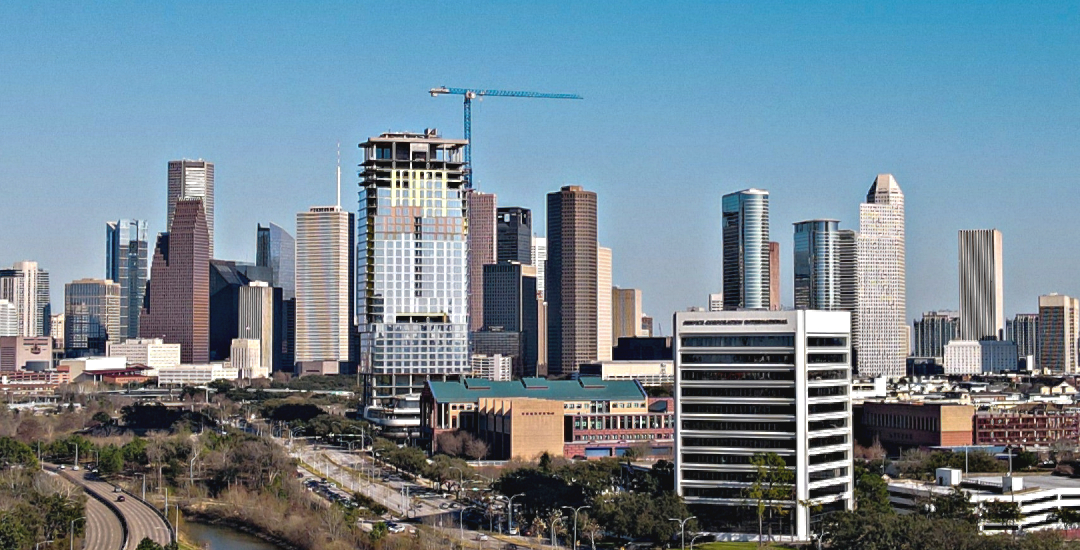In 2022, Harris County added the second-most total residents of any county in the United States, growing by more than 45,000. Similarly, Dallas County, which saw its population decline by 22,000 in 2021, rebounded with 13,000 new residents in 2022.
In contrast, several populous counties continued to lose significant numbers: Los Angeles County had more than 90,000 fewer residents last year, while Chicago’s Cook County had more than 68,000 fewer residents.
The annual estimates released today only capture county-level data, so it is too soon to say whether this growth is occurring within the city limits, which ethnic groups are driving the change or which parts of the county are growing. But the snapshot does paint a slightly different picture of the urban-suburban population dynamic after the pandemic shook up migration and housing patterns.
The Texas growth story is clearly an urban one: 85% of its growth in 2022 occurred in the Texas Triangle—its four dominant metro areas. However, the suburbs in each city’s surrounding counties — some of which are quickly densifying — collectively added more than three times as many residents as the core urban counties across the Triangle.
The suburban counties of Dallas added about 130,000 people, more than 10 times as many new residents as Dallas County alone and accounting for about a third of the state’s overall population increase in 2022. Fort Worth’s Tarrant County also logged a population increase with more than 25,000 new residents.
Late last year, then-Austin Mayor Steve Adler predicted Austin-San Antonio was set to become Texas’ next metroplex (think “Austonio” instead of DFW). The population growth in this region certainly suggests this could be the case: Both metro areas continued to grow toward one another, combined adding about 98,000 residents in 2022.
How Houston is growing
Harris County’s 1% uptick in population could signal an end to a half-decade slowdown: It has not added this many residents in a single year since 2016. (From 2011 to 2015, Harris County averaged over 90,000 new residents each year. From 2016 to 2020, the average was just over 35,000.)
The Houston metro’s outlying counties also grew, adding a combined 79,000—an even larger one-year increase than in 2021. In terms of percentage increase, Liberty and Chambers counties each added more than 5%, while Montgomery and Waller counties added over 4%.
The Census Bureau generates its annual population estimates by taking the base population count from the official census, then factors in annual births, deaths and migration—both international and domestic. The estimate that is published reflects a count of persons as of July 1 each year.
Harris County had a good year on both counts: It had the highest “natural increase” of any county (more births than deaths) in the United States and more than doubled its net international migration total compared to 2021’s level, with more than 37,000 new arrivals.
The suburbs, on the other hand, are experiencing almost all of their growth through domestic migration. For example, both Montgomery and Fort Bend counties each added around 28,000 people in total; of these, about 18,000 were domestic moves to Fort Bend and 22,000 were domestic moves to Montgomery.
Domestic migration patterns in the major urban counties suggest a “flight” from the major cities to some degree, with 20,000 residents leaving both Harris and Dallas counties in 2022. In fact, they were the only two counties in the Texas Triangle to lose residents to domestic out-migration.



